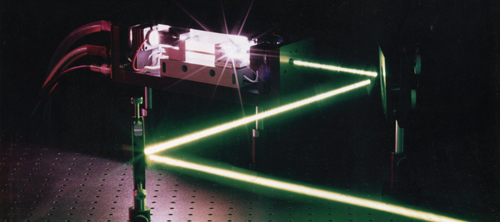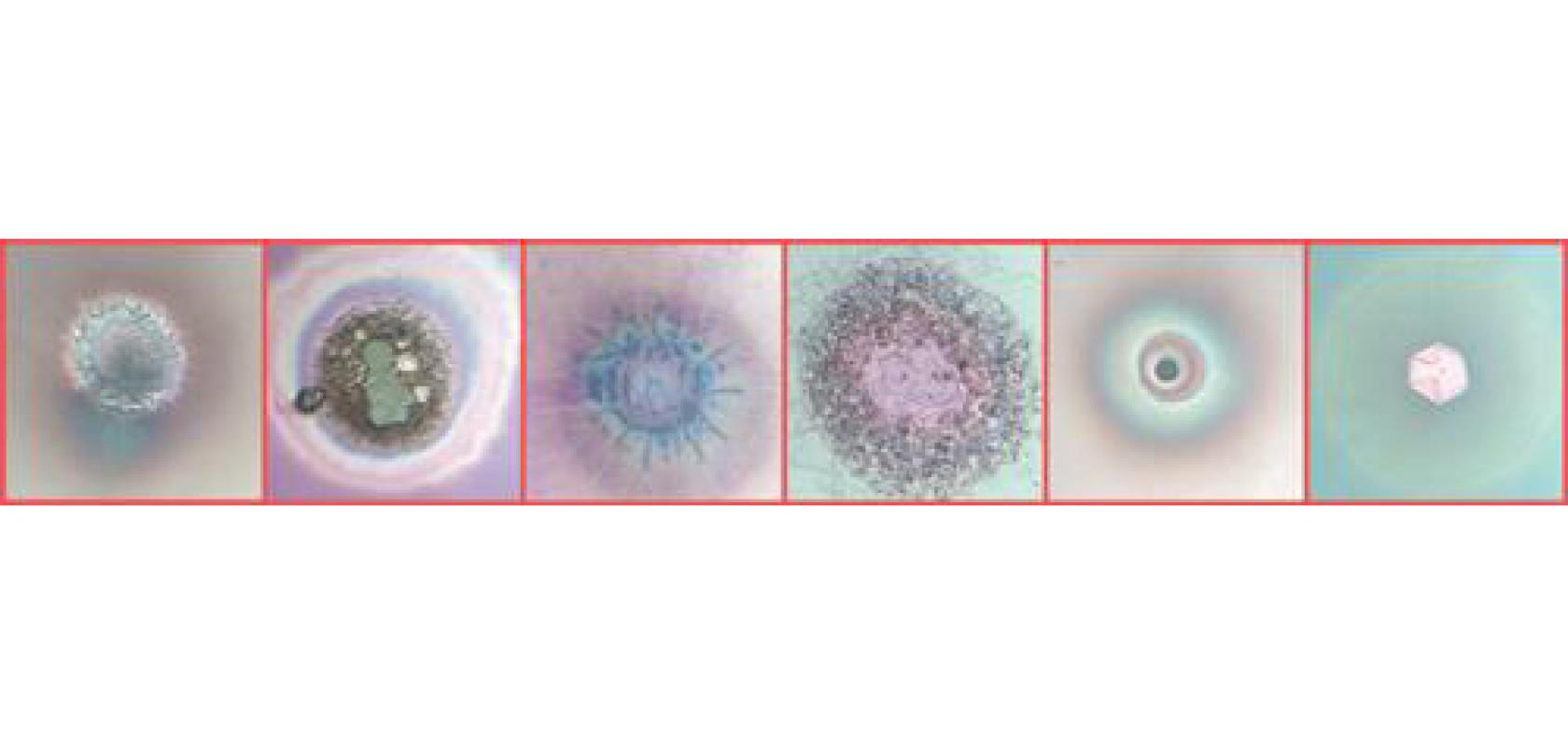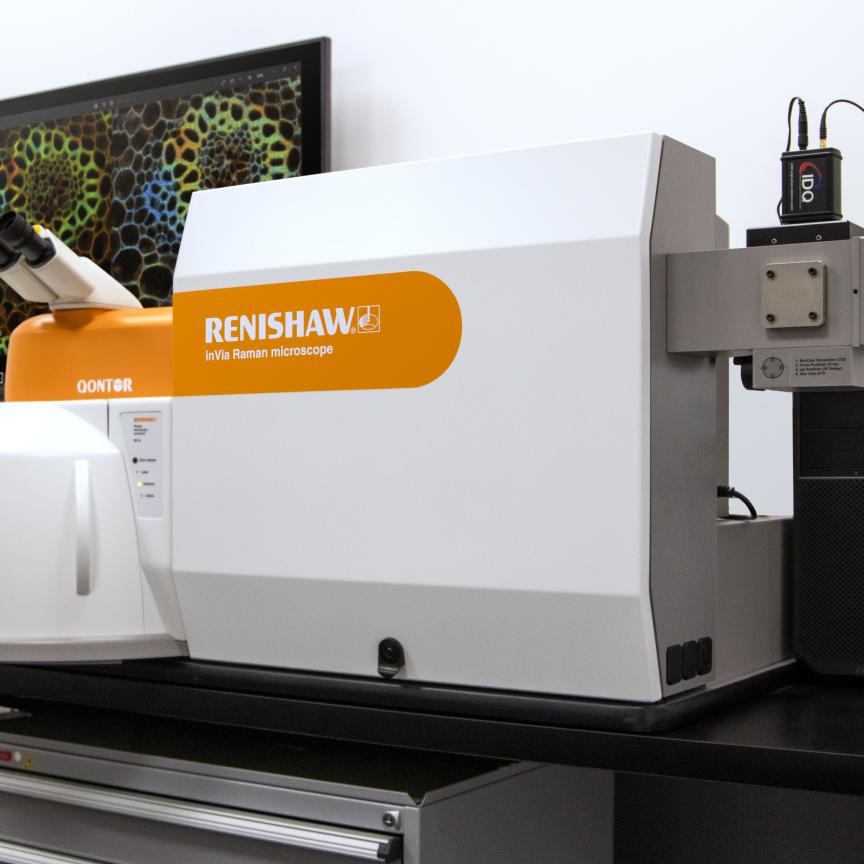Gemma Church explains how and why Belford Research takes a robust and accurate approach to laser damage testing
All laser damage tests are not created equal. If you want to accurately determine how your optics react to laser exposure, you need a robust laser induced damage threshold (LIDT) test.
The ISO standards define laser damage as ‘any permanent laser-radiation-induced change in characteristics of either the substrate or the coating’ where you effectively need to irreversibly break chemical bonds in the test sample.
Laser damage tests are divided into two broad categories. First, there is a pass/fail test, which certifies that a sample can withstand a customer-specified laser fluence. A number of sites across the sample are irradiated, and any laser induced damage constitutes a ‘fail’ result.
Second, there is LIDT certification. This is the definitive test for a coating, determining the power or energy above which damage is possible. LIDT certification is a more complex process than a pass/fail test – but it’s also more accurate where these tests provide you with more information about your optical component.
Dr Rona Belford, CEO at Belford Research Ltd (BRL), explained: ‘We undertake graphical determination of laser damage thresholds. This method of threshold determination gives additional information from the collated data.
‘For example, the uniformity of the slope can give information about the quality of the coating process used. An LIDT Certificate issued by BRL contains the full damage pattern, and we are happy to offer additional post-test consultation on the results.’
BRL also takes a more robust and tailored approach to its LIDT tests, as Dr Belford added: ‘We don’t provide a turnkey solution. Our staff are all well qualified and highly knowledgeable individuals, who take their time to conduct rigorous testing, tailored to the precise requirements of each customer. We take our time with your optics. Because of this quality of service and the accuracy we deliver, we work with companies across a broad range of sectors, including the medical industry, and military and defence.’
This expertise is vital because the tests themselves can affect the optical component and this can lead to misleading results. Dr Belford explained: ‘My personal view is that you can overtest an optic. You can give it too many shots, and that changes the sample under test.
‘A lot of electronic defects in a material can be annealed out,’ she added. ‘So, if you don’t do a stringent test, then a good and a bad sample can come out with the same results, because you’ve changed the sample you’re testing.
‘You’ve effectively rubbed out its defects. We go to great lengths to ensure that does not happen, to ensure the reliability of our tests.’
During a typical LIDT test, an optical component is subjected to laser light. Incident sites, which are usually formed of an array of more than 100 sites, are exposed to the laser beam. Each site is then exposed to several laser pulses. There are usually 10 sites per row, and each row is subjected to the same power level.
The number of laser induced damage incidents per power level is recorded and depicted as a damage percentage. As the pulse duration is fixed, it is actually the beam energy which is varied, increasing row by row until a damage pattern is obtained. This is displayed on a graph of damage probability versus the peak power density.
The critical factor in laser damage is the power level. ‘Often a numerical result is what’s required, however if you are developing a new product, graphical analysis can help establish your route to success,’ Dr Belford added.
This is an important point. While a pass/fail test is effective to test an established component, using established materials, the LIDT test provides a wealth of information.
You can effectively see when the material starts to break down under the action of a laser. This is not only highly useful information for the end user, it’s also a fascinating area to work in.
‘It’s exciting work where you can actually see the effect of a laser in action, disintegrating the sample. I find it interesting, in terms of how the materials age and how the combination of elements or coating with the sample can make a good sample or not,’ said Dr Belford.


BRL carries out laser induced damage threshold testing and certification across the medical and military defence sectors among others
Material effects
BRL conducts a range of specialised laser damage tests, including longevity and durability certifications, to test how a material reacts to a wide range of wavelengths, repetition rates and pulse durations.
During these extensive laser damage tests, BRL has noticed some interesting material effects for femtosecond and continuous wave (CW) laser sources.
Dr Belford explained: ‘When we move to the femtosecond regime, because the laser pulse is a very, very short duration, the actual energy going through the component isn’t too high. And the sample doesn’t react to heat.
‘Yet, the damage to the optical component is often worse than expected, because of electronic breakdown.
‘Although breakdown mechanisms are fairly well understood for small optics, very large optics show additional interactions to the established knowledge, and this is an area which we are looking at in depth,’ she said.
CW laser damage is another area of interest, which has a different dominant damage mechanism, compared to a pulsed laser. Here, we know CW power resistance is dependent on the spot size. ‘But, in transmitting optics, the damage does not seem to be as dependent on surface defects, they are more dependent on antireflective coatings and the material itself. If it’s a dielectric coating, for example, the optical components under test tend to group themselves into the type of substrate used when you’re conducting an LIDT test,’ Dr Belford added.
This is where the lines between physics and chemistry start to blur, and a multidisciplinary approach is needed to investigate further. ‘We need to not be afraid to skip between physics and chemistry and engineering, because that’s what we’re doing in laser damage testing – we’re breaking bonds in a material. We’re using a laser to achieve that effect. Unless you have some inkling about why that happens, then it’s a difficult problem to solve.’
BRL is continuing to apply its expertise to many of these areas, shining a light on the effects of laser damage at the material level.
‘There are many interesting developments and trends within the field of laser damage testing at the moment.
‘Going forward, we need to understand more about the effects of laser damage at the material level,’ Dr Belford concluded.
To read more about this topic please click here to read BRL's White Paper.


